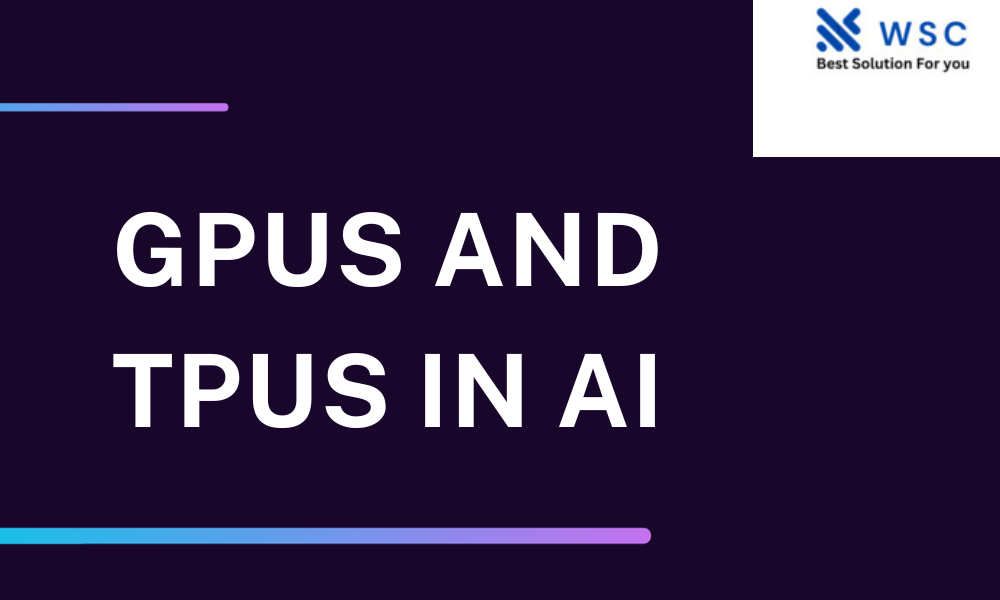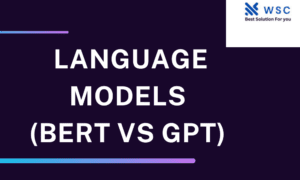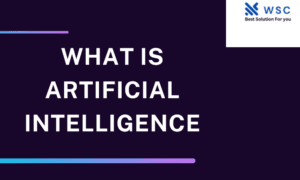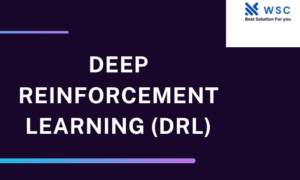Are you curious about the wizardry that powers artificial intelligence? Have you ever wondered how machines learn and make decisions like humans? Well, it all boils down to the brains behind AI—GPUs and TPUs. In this article, we’re going to demystify these acronyms and uncover the enchanting world of Graphics Processing Units (GPUs) and Tensor Processing Units (TPUs). No complicated tech talk, we promise! Just a simple, engaging guide that helps you understand the technology that’s changing our world.
Table of Contents
- What are GPUs and TPUs?
- The GPU: A Visual Artist of AI
- TPU: The Speed Demon of AI
- How GPUs and TPUs Work Together
- The AI Learning Process
- Gaming and GPUs: A Symbiotic Relationship
- TPUs in the Cloud: AI on Demand
- Making Sense of AI: The Role of GPUs and TPUs
- Are TPUs Overtaking GPUs?
- The Future of GPUs and TPUs in AI
- Conclusion: The Powerhouses of AI
- FAQs: Answers to Your Burning Questions
1. What are GPUs and TPUs?
Let’s start at the beginning. GPUs, or Graphics Processing Units, are the unsung heroes of visual computing. They were initially designed to handle graphics rendering for video games and other graphical applications. But as AI emerged, their parallel processing capabilities became a perfect match for machine learning tasks. TPUs, on the other hand, are Tensor Processing Units, custom-designed by Google for its machine learning tasks. In a nutshell, GPUs and TPUs are specialized processors that supercharge AI by performing complex calculations at lightning speed.
2. The GPU: A Visual Artist of AI
Think of the GPU as an artist with a canvas. It can paint intricate pictures with millions of pixels, rendering stunning graphics and videos. When applied to AI, GPUs take on the role of a teacher. They crunch numbers and perform calculations, guiding AI algorithms as they learn and make decisions. Just like an artist brings imagination to life on a canvas, GPUs bring AI algorithms to life on screens and in the real world.
3. TPU: The Speed Demon of AI
Now, let’s meet the TPU, the speed demon of AI. TPUs are like race cars built for machine learning. They’re designed for fast, efficient processing of neural networks. Unlike GPUs, TPUs are laser-focused on accelerating AI tasks, making them incredibly efficient at training and deploying models. In a race, you’d pick the fastest car. In the world of AI, you’d pick TPUs for lightning-fast performance.
4. How GPUs and TPUs Work Together
To understand the magic of AI, it’s essential to know that GPUs and TPUs often work together. GPUs handle the initial training of AI models, helping them understand data and make predictions. TPUs step in for the heavy lifting, refining and optimizing the models for real-world use. It’s a dynamic duo that ensures AI functions smoothly.
5. The AI Learning Process
But how does AI learn in the first place? Think of it as teaching a child. AI starts with a blank slate, much like a child with no knowledge. GPUs and TPUs play the role of educators, providing the data and tools needed for learning. The more data they have, the smarter AI becomes. It’s a bit like nurturing a young mind, helping it grow with every new experience.
6. Gaming and GPUs: A Symbiotic Relationship
Did you know that your gaming experience is linked to AI and GPUs? When you play a video game, GPUs render stunning visuals and make split-second calculations to keep the game running smoothly. In a way, GPUs enhance your gaming experience, just as they do for AI. So, the next time you embark on a gaming adventure, remember the silent contribution of GPUs.
7. TPUs in the Cloud: AI on Demand
Imagine having AI superpowers at your fingertips. That’s precisely what TPUs in the cloud offer. Cloud services powered by TPUs enable businesses and individuals to access high-performance AI on demand. It’s like having a magician’s wand that can conjure AI capabilities whenever you need them.
8. Making Sense of AI: The Role of GPUs and TPUs
In the grand scheme of AI, GPUs and TPUs are like the backbone. They handle the heavy lifting, making sense of vast amounts of data, and turning it into actionable information. Without them, AI would be like a puzzle missing critical pieces. So, we can confidently say that GPUs and TPUs are the unsung heroes of the AI revolution.
9. Are TPUs Overtaking GPUs?
As AI evolves, some say that TPUs are on the verge of overtaking GPUs. While TPUs are certainly faster in certain tasks, GPUs still hold their ground in many AI applications. The competition between these two titans continues, which is great for the advancement of AI technology. It’s like a thrilling race with no clear winner yet.
10. The Future of GPUs and TPUs in AI
What does the future hold for GPUs and TPUs in AI? It’s a fascinating question. With AI becoming an integral part of our lives, both GPUs and TPUs will continue to evolve, becoming more powerful and efficient. The future promises exciting possibilities, from healthcare breakthroughs to self-driving cars.
Conclusion: The Powerhouses of AI
In conclusion, GPUs and TPUs are the unsung heroes behind the magic of AI. They work tirelessly behind the scenes to bring AI to life. GPUs, with their artistic precision, lay the foundation, while TPUs, like speed demons, ensure AI performs its tasks at lightning speed. Together, they are a dynamic duo that is transforming our world.
FAQs: Answers to Your Burning Questions
- What is the main role of GPUs in AI? GPUs play a crucial role in AI by handling initial training, helping AI understand data, and making predictions. They are like the educators of AI.
- How do TPUs differ from GPUs in AI? TPUs are specialized for fast, efficient processing of neural networks, making them ideal for training and deploying AI models.
- Do GPUs impact gaming experiences? Yes, GPUs significantly enhance gaming experiences by rendering stunning visuals and enabling smooth gameplay.
- Are TPUs replacing GPUs in AI? While TPUs excel in specific tasks, GPUs still have their place in many AI applications. The competition continues.
- What can we expect from GPUs and TPUs in the future of AI? In the future, GPUs and TPUs will become more powerful and efficient, contributing to exciting advancements in various fields, from healthcare to autonomous vehicles.
Now that you’ve unlocked the mystery of GPUs and TPUs in AI, you’re ready to appreciate the incredible technology shaping our world. These processors might not wear capes, but they are the superheroes of the digital age, making AI a reality. So, the next time you witness AI in action, you’ll know who’s working behind the scenes to make it all happen.
Check our tools website Word count
Check our tools website check More tutorial




